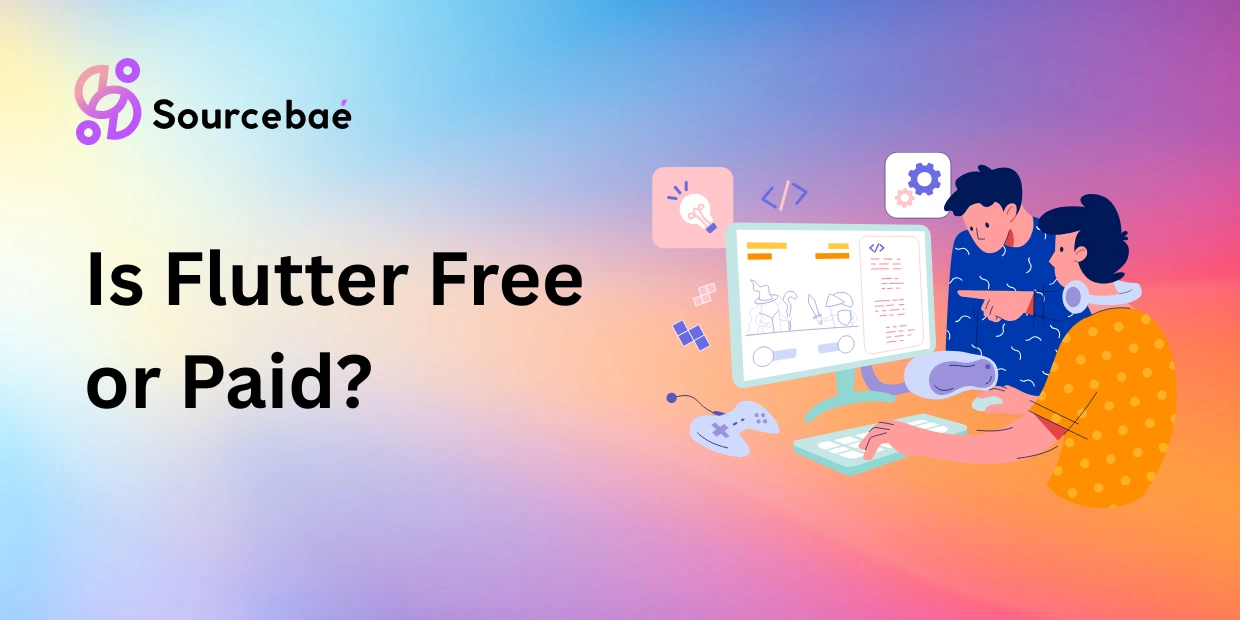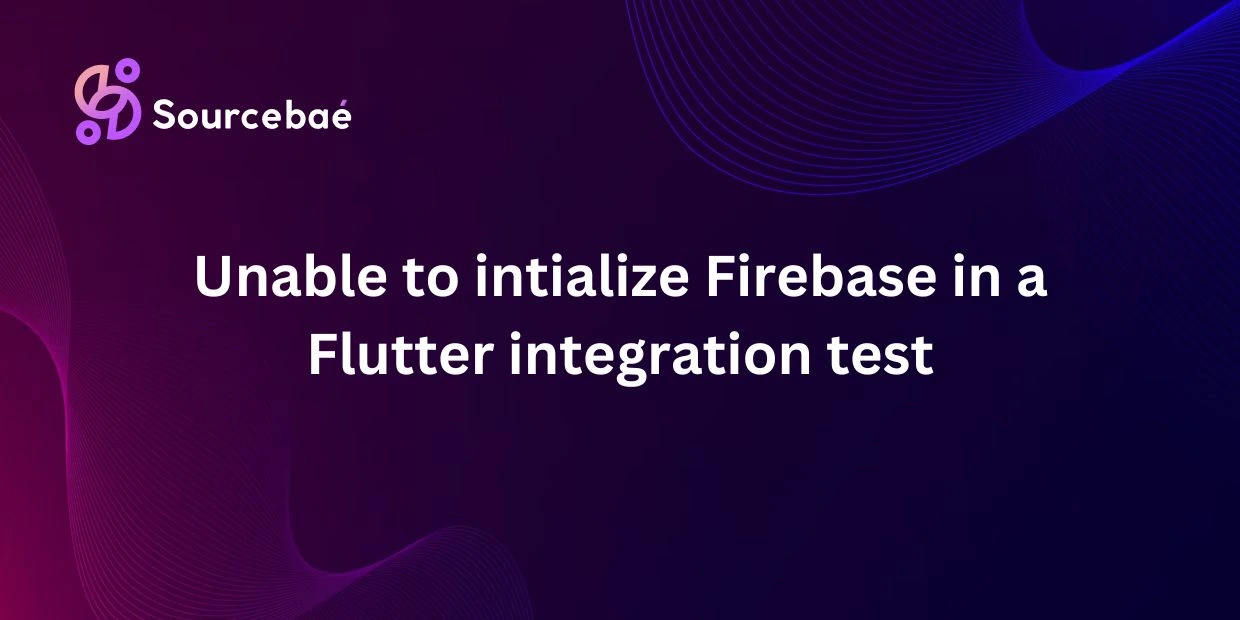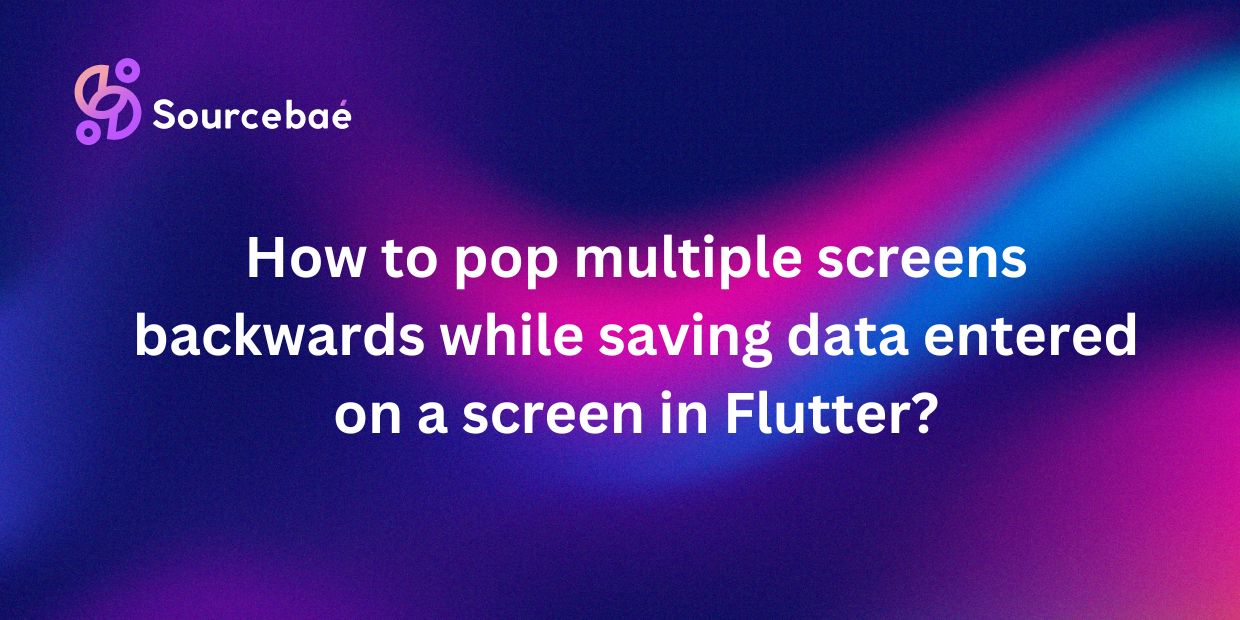In the rapidly evolving world of app development, Flutter has gained significant attention for its efficiency and versatility. But when it comes to the cost of using Flutter, many people are left wondering: Is Flutter free or paid? In this article, we’ll dissect this question from every angle, shedding light on the pricing structure, features, and benefits of Flutter.
Flutter Development
Flutter, developed by Google, is an open-source UI software development kit that allows developers to create natively compiled applications for mobile, web, and desktop from a single codebase. The core framework of Flutter, including the widgets and tools, is available to everyone free of charge. This means that you can harness the power of Flutter without any upfront costs, making it an attractive option for developers on a budget.
Understanding Flutter’s Pricing Model
While the core framework is free, Flutter does offer additional services and tools that come with associated costs. Let’s explore these in more detail:
1. Flutter Packages
Flutter offers a wide range of packages that enhance the functionality of your apps. While many of these packages are free, some premium packages may require payment. These premium packages often provide advanced features and dedicated support, which can be invaluable for larger and more complex projects.
2. Firebase Integration
Firebase, a comprehensive app development platform also provided by Google, can be seamlessly integrated with Flutter. Its offers a free tier with essential features like real-time database, authentication, and hosting. However, for apps with high usage and advanced requirements, upgrading to a paid plan might be necessary.
3. Developer Time and Resources
It’s important to note that while Flutter itself may be free, the actual development process requires time and expertise. Hiring skilled developers, designers, and QA testers will incur costs, but these are not unique to Flutter and apply to any software development project.
The Benefits of Using Flutter
Now that we’ve clarified the cost structure of Flutter, let’s delve into the benefits that make it a popular choice among developers:
1. Single Codebase, Multiple Platforms
One of the most significant advantages of Flutter is its ability to create apps for multiple platforms from a single codebase. This means that developers can save time and resources by avoiding the need to write separate code for different platforms.
2. Fast and Expressive UI
Flutter’s rich set of customizable widgets allows developers to create stunning and expressive user interfaces. The framework’s “hot reload” feature also facilitates quick and seamless UI changes, enhancing the development workflow.
3. Native Performance
Flutter apps are compiled to native ARM code, ensuring excellent performance and responsiveness. This native compilation eliminates the need for a bridge between the framework and the native components, leading to faster execution.
4. Active Community and Continuous Improvement
Flutter boasts a vibrant and active community of developers, designers, and enthusiasts. This community-driven approach leads to continuous improvement, regular updates, and a plethora of resources, making it easier to stay up-to-date with the latest trends and techniques.
FAQs about Flutter’s Pricing
Q: Can I use Flutter for free?
A: Yes, you can use the core framework of Flutter, including its widgets and tools, for free.
Q: Are there any hidden costs associated with Flutter?
A: While the core framework is free, there might be costs related to premium packages, third-party integrations, and hiring developers.
Q: Is Firebase necessary for Flutter development?
A: No, Firebase is not necessary, but it offers useful features for app development. The choice to use Firebase depends on your project’s requirements.
Q: Are Flutter apps suitable for large-scale projects?
A: Yes, Flutter apps can be used for projects of all sizes. The ability to create a consistent user experience across platforms makes it a viable choice for large-scale applications.
Q: Are there alternatives to Flutter?
A: Yes, there are alternatives like React Native and Xamarin. However, Flutter’s unique features and growing community set it apart.
Q: Can I get support for Flutter-related issues?
A: Yes, Flutter has an active community and official documentation, making it easy to find solutions to problems you may encounter.
Conclusion
In conclusion, Flutter’s pricing model is a blend of free and paid components. The core framework, which includes its powerful widgets and tools, is available to all developers without any cost.
However, additional premium packages and services, as well as developer time, can contribute to the overall cost of using Flutter. Despite this, the benefits of Flutter—such as its single codebase approach, expressive UI capabilities, native performance, and active community—make it a robust and worthwhile choice for modern app development.
If you’re a developer aiming to land a job at top tech companies, Sourcebae is here to make it easier for you. Simply create your profile, share your details, and let us take care of the rest—from matching you with the right opportunities to guiding you through the hiring process.






